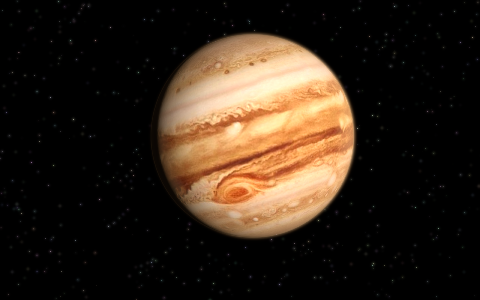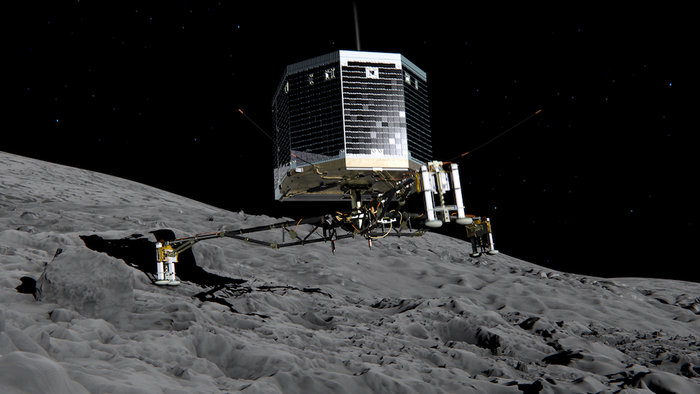
WASHINGTON (PTI): The ruddy colour of Jupiter's mysterious Great Red Spot is due to the effects of sunlight rather than chemicals from beneath the planet's clouds, a new NASA study has found.
According to a new analysis from NASA's Cassini mission, the reddish-rosy crimson colour is likely a product of simple chemicals being broken apart by sunlight in the planet's upper atmosphere.
The results contradict the other leading theory for the origin of the spot's striking colour - that the reddish chemicals come from beneath Jupiter's clouds.
In the lab, the researchers blasted ammonia and acetylene gases - chemicals known to exist on Jupiter - with ultraviolet light, to simulate the Sun's effects on these materials at the extreme heights of clouds in the Great Red Spot.
This produced a reddish material, which the team compared to the Great Red Spot as observed by Cassini's Visible and Infrared Mapping Spectrometer (VIMS).
They found that the light-scattering properties of their red concoction nicely matched a model of the Great Red Spot in which the red-coloured material is confined to the uppermost reaches of the giant cyclone-like feature.
"Our models suggest most of the Great Red Spot is actually pretty bland in colour, beneath the upper cloud layer of reddish material," said Kevin Baines, a Cassini team scientist based at NASA's Jet Propulsion Laboratory, Pasadena, California.
"Under the reddish 'sunburn' the clouds are probably whitish or grayish," said Baines.
A colouring agent confined to the top of the clouds would be inconsistent with the competing theory, which posits that the spot's red colour is due to upwelling chemicals formed deep beneath the visible cloud layers, he said.
If red material were being transported from below, it should be present at other altitudes as well, which would make the red spot redder still, researchers said.
The Great Red Spot is a long-lived feature in Jupiter's atmosphere that is as wide as two earths. Jupiter possesses three main cloud layers, which occupy specific altitudes in its skies; from highest to lowest they are: ammonia, ammonium hydrosulfide and water clouds.
As for why the intense red colour is seen only in the Great Red Spot and a few much smaller spots on the planet, the researchers think altitude plays a key role.
"The Great Red Spot is extremely tall. It reaches much higher altitudes than clouds elsewhere on Jupiter," Baines said.
The team thinks the spot's great heights both enable and enhance the reddening. Its winds transport ammonia ice particles higher into the atmosphere than usual, where they are exposed to much more of the sun's ultraviolet light.
 Previous Article
Previous Article Next Article
Next Article













The Indian Air Force, in its flight trials evaluation report submitted before the Defence Ministry l..
view articleAn insight into the Medium Multi-Role Combat Aircraft competition...
view articleSky enthusiasts can now spot the International Space Station (ISS) commanded by Indian-American astr..
view article